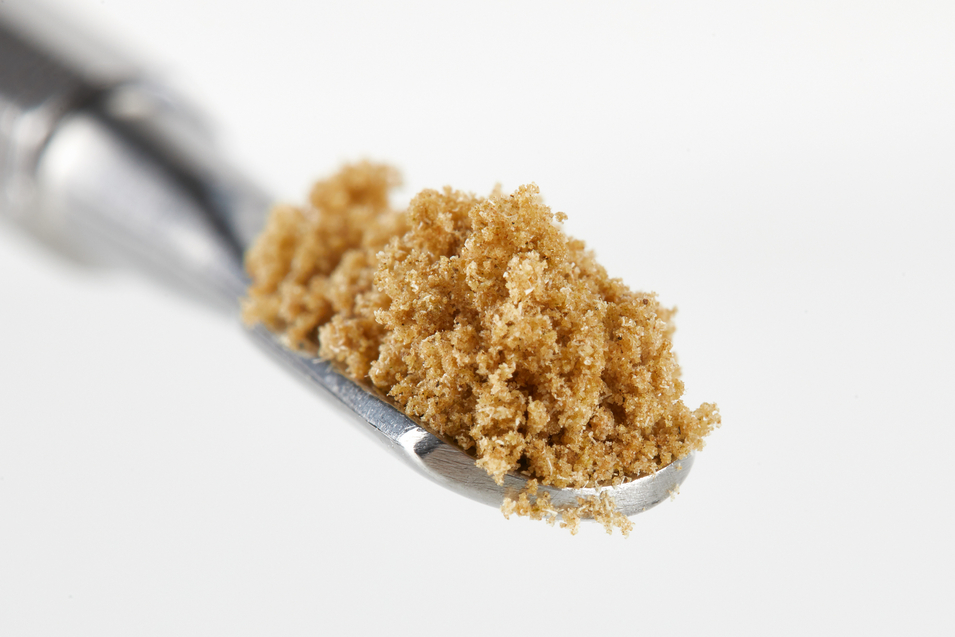What is Hash? Demystifying Cannabis
- WestCoastCanna

- Nov 10, 2023
- 3 min read
Updated: Jan 26, 2024
Hash, which is short for "hashish," is a cannabis product made from the resin glands (trichomes) of the cannabis plant. It is fairly common in the legal US Cannabis Market, and is produced around the world, and has been for thousands of years. In this post, we aim to demystify hash for those just discovering it, and add some value for those who already know the basics.

1. What is Hash?
Cannabis gains its psychoactive properties, or more simply put - ability to produce effects when consumed, from a mix of cannabinoids, terpenes, flavonoids and other compounds. The combination of these effect is what gives each strain its unique flavor profile and effect. While diving too deeply into this is beyond the scope of this post, it is important to know that these compounds are produced and stored in the oil, or resin, that can be found in the plants trichomes.
Trichomes are the small, shiny looking structures that form on cannabis flower and make it look sparkly. As mentioned, the majority of the compounds that give cannabis its effects and flavors come from the oils stored in the trichomes. Read more on our post on Trichomes in Cannabis.
Hash is produced by separating the trichomes from the plant material (or buds, flowers, nugs, whatever word you prefer to use)! Since the trichome heads contain the oils and compounds that produce the cannabis' effects, hash making allows one to remove these wanted compounds from the bud/plant matter (which is otherwise smoked as flower). This can make the smoke safer, since there are less organic compounds burning to create tar.
2. How is it made?
The trichome heads (which as we mentioned, contain the compounds that give weed its flavor and effects) can be separated from the flower in a number of ways. Some of the methods that date back to hash's earlier days include:
Hand rubbing - entails rubbing fresh cut cannabis flowers between one's hands and collecting the resulting oils
Beating the flower against rugs, and scraping the hash from the rugs afterward
As time has gone on, more advanced methods of collecting hash have been created, most notably the creation of ice water hash, where the producer agitates frozen flower in ice water, and uses fine mesh filters to remove the trichomes that come off into the water.
Once the plant matter has been removed and the trichomes isolated, you have hash! From here it is either smoked as is on its own or with cannabis flower, pressed together into blocks, or further processed into rosin, edibles or other infused goodies.

Hash can vary in texture, color, and potency based on the quality of the cannabis flower (or buds) used, as well as the extraction process, equipment, and skill of the hashmaker. It is generally rated on a one to six (1 to 6) star rating scale, with 1 containing less psychoactive compounds and more plant material + trichome stalks, and 6 star containing no plant material and only unbroken trichome heads, with such high quality it can be melted down with very little residue left behind.

3. How significant is Hash Historically?
Hashish holds a high position in the history of cannabis use. Its origins trace back to ancient civilizations across regions like India, the Middle East, and Central Asia. The extraction of hashish, embodies a tradition steeped in cultural rituals, medicinal practices, and spiritual ceremonies that date back centuries, possibly even millennia.
Records document the cultivation, extraction, and consumption of hashish in various cultures. In places like ancient India, it was revered for its potential medicinal properties and was often utilized in Ayurvedic medicine for a range of ailments. Similarly, in the Middle East and Central Asia, hashish was integrated into religious and social customs, often forming an integral part of communal gatherings and spiritual rituals.
The deep culture surrounding hashish still thrives today worldwide. Despite varying cannabis laws around the world, countries with more lenient regulations often host hash-centric events, celebrating its historical significance and fostering a sense of community among enthusiasts
4. How Significant is Hash Today?
Hashish is one of the most commonly consumed forms of cannabis around the world. While it historically has been less popular than smoking flower in the US, there is a large Hash culture developing here as well.
Piatella is a big word in hash today, with the trichome heads being left relatively uncompressed and allowed to cold cure in an airtight cellulose film, developing a sappy, almost rosin like appearance. It was recently developed in Spain, and is making waves in the cannabis world. This shows that hash culture is alive and well!

Hopefully this post helped you understand the basics of hash! Please feel free to drop any thoughts in a comment, or connect with us on social media.
Check out our Smoke Shop - We have the best Glass and Quartz for the cost-conscious connoisseur.





Comments